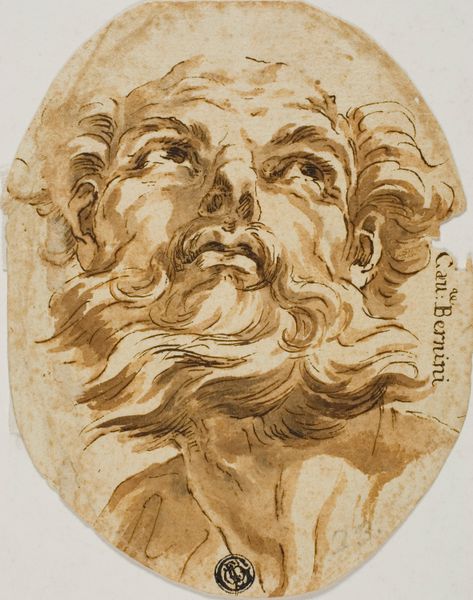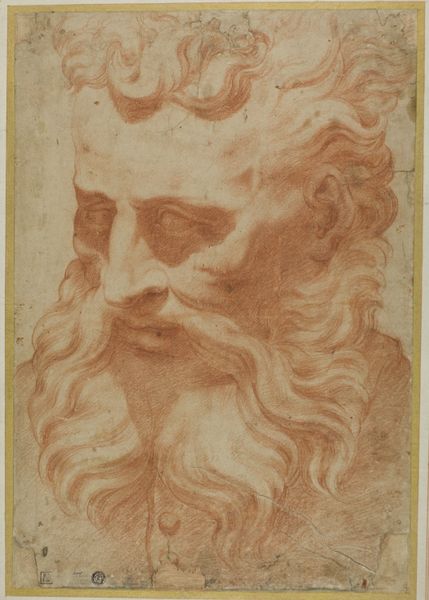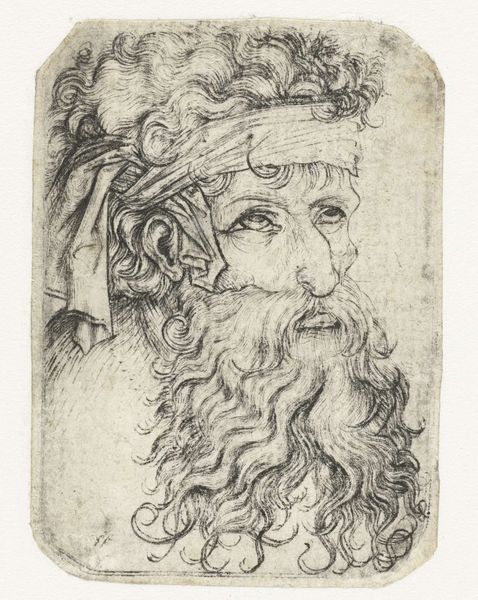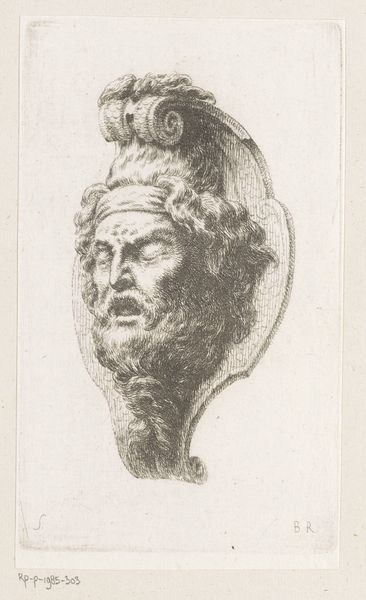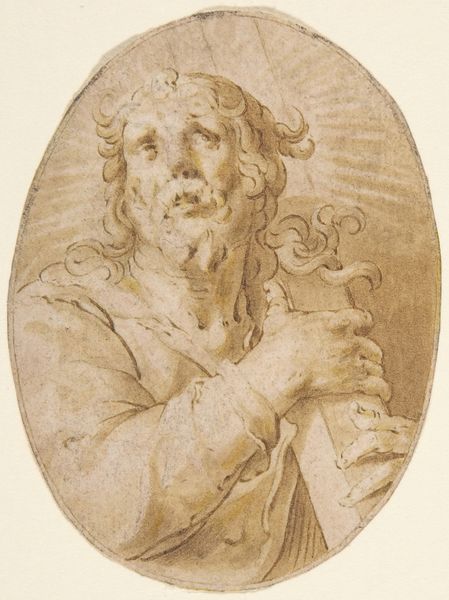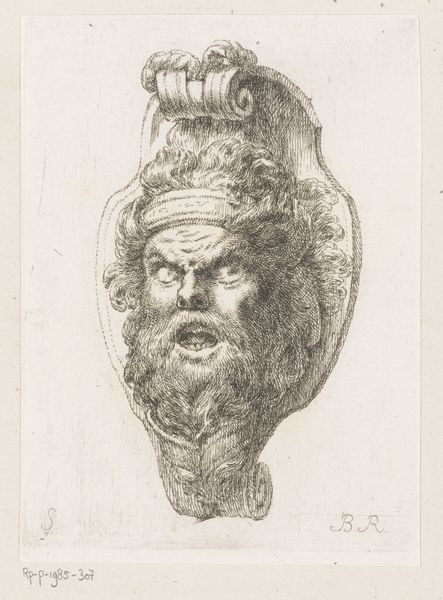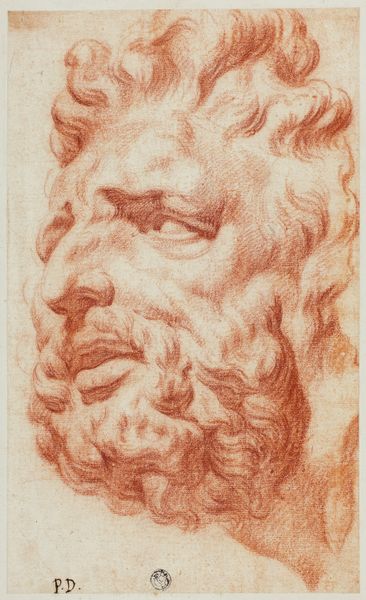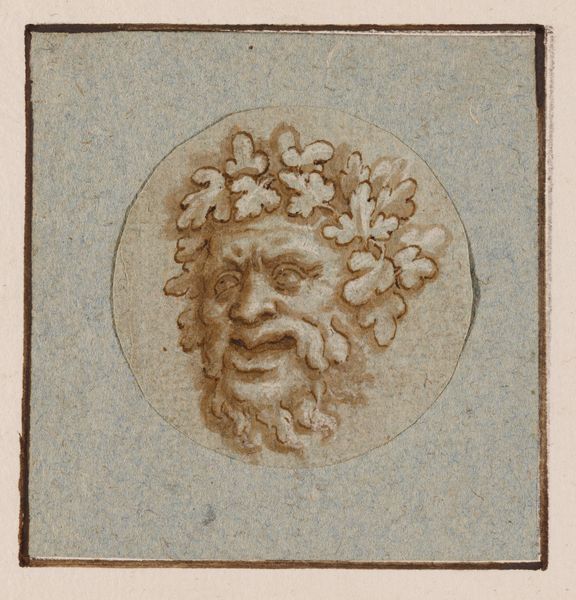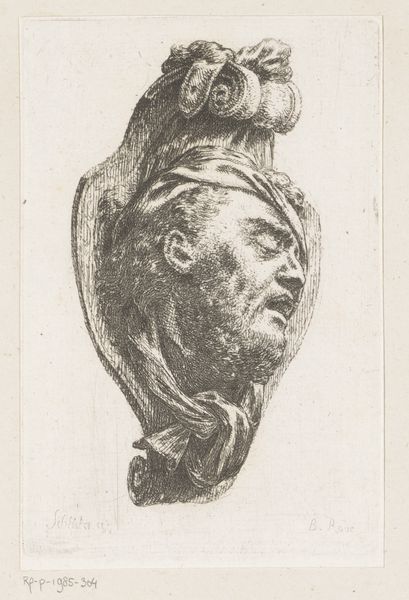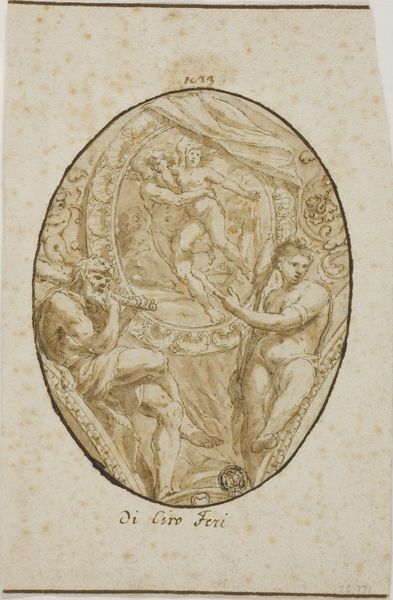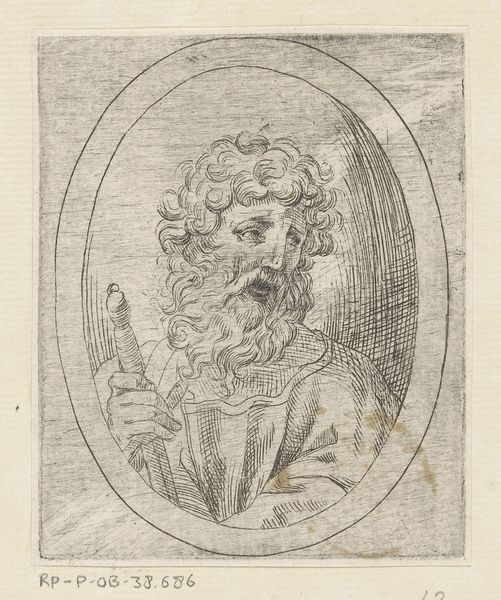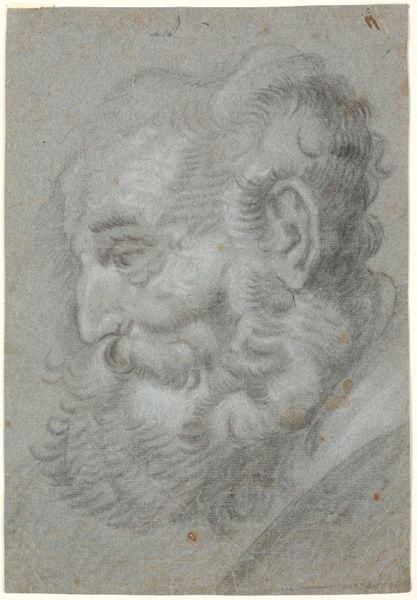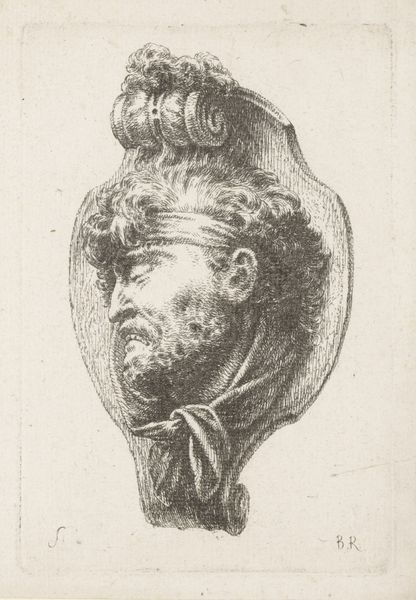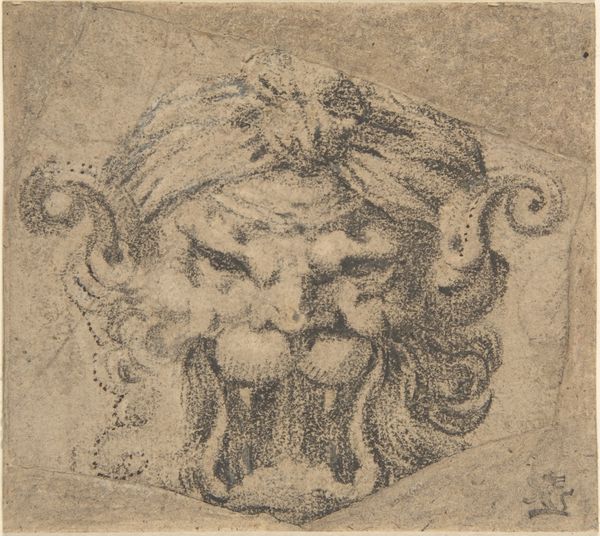
drawing, charcoal
#
portrait
#
drawing
#
baroque
#
charcoal drawing
#
figuration
#
charcoal art
#
charcoal
#
charcoal
Dimensions: sheet: 9 1/2 x 7 1/4 in. (24.1 x 18.4 cm)
Copyright: Public Domain
Editor: Here we have Peter Paul Rubens’ “Head of a Satyr (Silenus),” dating from the early 17th century. It’s a charcoal drawing, and I find the textures really intriguing. The way Rubens uses charcoal gives the face so much volume. What’s your take? Curator: Consider the ready availability and relative cheapness of charcoal at that time. Rubens’ choice wasn't simply aesthetic; it was economical. This allowed him and his workshop to produce numerous studies like this one, efficiently exploring form and expression. We see art production as a business rooted in material circumstances, not just as divinely-inspired genius. How does this immediacy of the medium inform the character, do you think? Editor: That's interesting! It makes it feel more like a sketch, almost a practice piece... Less precious, I suppose? Curator: Precisely! And think about the labour involved. Grinding pigments, preparing canvases versus simply grabbing a piece of charcoal. This reflects a shifting attitude towards artistic labour itself. It challenges the perception of the artist as someone working solely in "high" art mediums like oils on canvas. Where else in the composition do you notice such contrasts? Editor: Maybe in the rendering of the hair, which seems much looser than the face. And the very faint guidelines in the drawing surface? Curator: Excellent observations. The visible preparation is crucial; it deconstructs the supposed "seamlessness" of artistic creation. It forces us to acknowledge the means of production, the artist’s studio practices, and how these shape the final artwork. Editor: I’ve never considered it that way before! It makes you think about all the unseen labour that goes into making art. Curator: Exactly. By examining the materiality and means of production, we gain a deeper appreciation for the art object as both a product of skill and a reflection of the socioeconomic realities of its time.
Comments
No comments
Be the first to comment and join the conversation on the ultimate creative platform.
